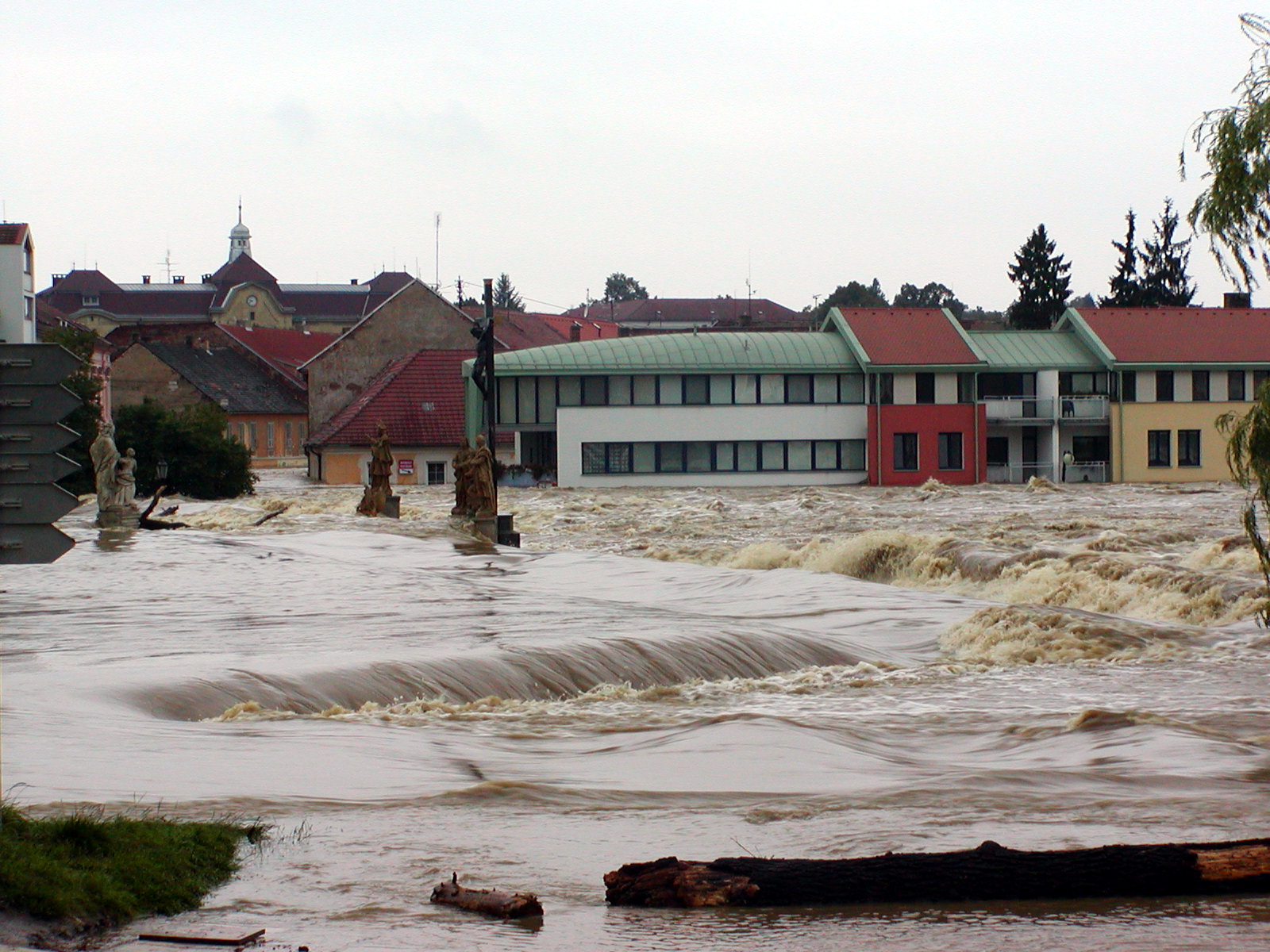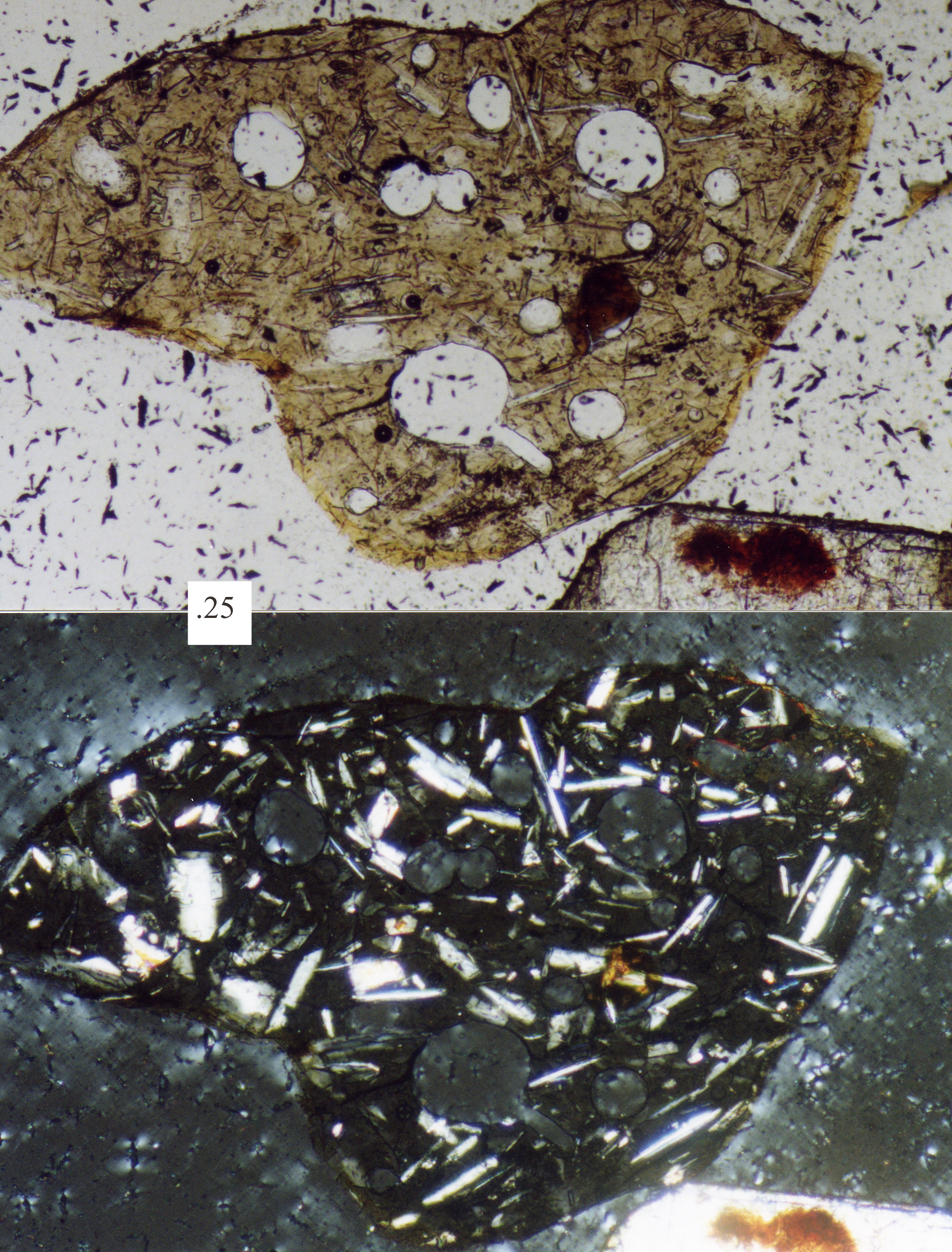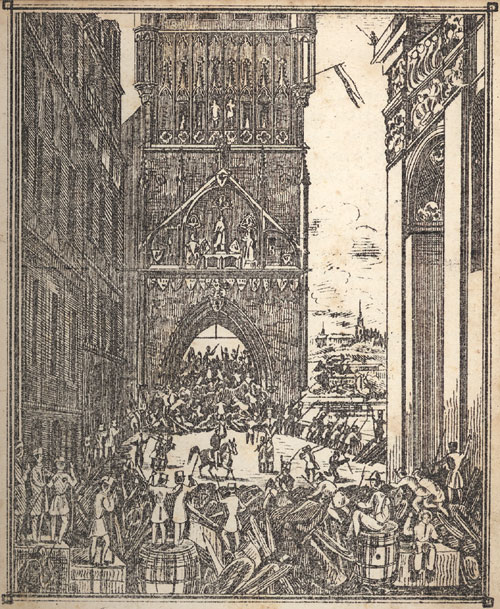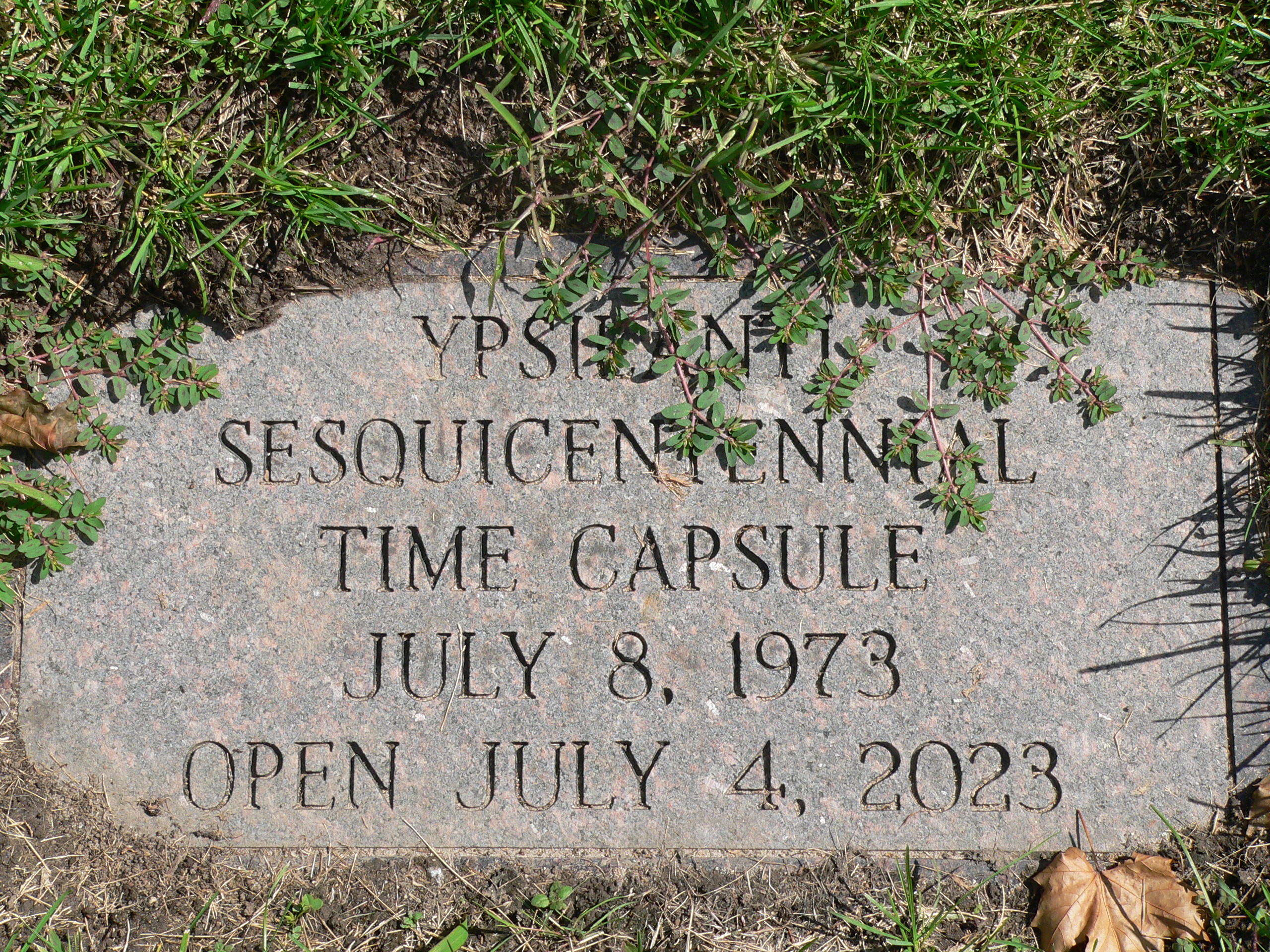|
Písek Stone Bridge
The Písek Stone Bridge () is the oldest preserved early Gothic architecture, Gothic bridge in the Czech Republic and by its originality, although deprived of its dominants, which formed its tower with gates, is one of the rarest medieval bridges in Central Europe. It spans the Otava (river), Otava River, a tributary of the Vltava. It is located in the south Bohemian town of Písek. It was probably built in the 3rd quarter of the 13th century. The bridge has been on the list of the Czech cultural monuments since 1989, becoming a national cultural monument in 1998. It is sometimes called the ''Stag Bridge'', according to legend because it was to be named after the first being to pass over it. At the time, Písek was surrounded by deep woods, so the first being to cross the bridge was a stag. However, most local people still call it the ''Old Bridge''. The bridge became an important link on the Golden Trail, which connected the Baltic states, Baltic areas with the Mediterranean ar ... [...More Info...] [...Related Items...] OR: [Wikipedia] [Google] [Baidu] |
Otava (river)
The Otava () is a river in the Czech Republic, a left tributary of the Vltava River. It flows through the Plzeň Region, Plzeň and South Bohemian Region, South Bohemian regions. It is formed by the confluence of the Vydra (river), Vydra and Křemelná rivers. Together with the Vydra, which is its main source, the Otava is long, making it the List of rivers of the Czech Republic, 13th longest river in the country. Without the Vydra, it is long. Etymology The origin of the name is unclear. The word ''otava'' literally means "second harvest of grass", but the name of the river is probably of pre-Slavic origin and the resemblance to the word ''otava'' is only coincidental. A possible but unproven origin is the Germanic word ''Vatahva'', meaning "quick water". According to one theory, the name of the river is derived from the Celtic languages, Celtic words ''áth a ava'', which meant "river with many Ford (crossing), fords". Characteristic From a water management point of view, the ... [...More Info...] [...Related Items...] OR: [Wikipedia] [Google] [Baidu] |
Sandstone
Sandstone is a Clastic rock#Sedimentary clastic rocks, clastic sedimentary rock composed mainly of grain size, sand-sized (0.0625 to 2 mm) silicate mineral, silicate grains, Cementation (geology), cemented together by another mineral. Sandstones comprise about 20–25% of all sedimentary rocks. Most sandstone is composed of quartz or feldspar, because they are the most resistant minerals to the weathering processes at the Earth's surface. Like uncemented sand, sandstone may be imparted any color by impurities within the minerals, but the most common colors are tan, brown, yellow, red, grey, pink, white, and black. Because sandstone beds can form highly visible cliffs and other topography, topographic features, certain colors of sandstone have become strongly identified with certain regions, such as the red rock deserts of Arches National Park and other areas of the Southwestern United States, American Southwest. Rock formations composed of sandstone usually allow the p ... [...More Info...] [...Related Items...] OR: [Wikipedia] [Google] [Baidu] |
Bridges In The Czech Republic
A bridge is a structure built to span a physical obstacle (such as a body of water, valley, road, or railway) without blocking the path underneath. It is constructed for the purpose of providing passage over the obstacle, which is usually something that is otherwise difficult or impossible to cross. There are many different designs of bridges, each serving a particular purpose and applicable to different situations. Designs of bridges vary depending on factors such as the function of the bridge, the nature of the terrain where the bridge is constructed and anchored, the material used to make it, and the funds available to build it. The earliest bridges were likely made with fallen trees and stepping stones. The Neolithic people built boardwalk bridges across marshland. The Arkadiko Bridge, dating from the 13th century BC, in the Peloponnese is one of the oldest arch bridges in existence and use. Etymology The ''Oxford English Dictionary'' traces the origin of the word ''bridge' ... [...More Info...] [...Related Items...] OR: [Wikipedia] [Google] [Baidu] |
Charles Bridge
Charles Bridge ( , ) is a medieval stone arch bridge that crosses the Vltava river in Prague, Czech Republic. Its construction started in 1357 under the auspices of King Charles IV, and finished in the early 15th century.; The bridge replaced the old Judith Bridge built 1158–1172 that had been severely damaged by a flood in 1342. This new bridge was originally called Stone Bridge (''Kamenný most'') or Prague Bridge (''Pražský most''), but has been referred to as "Charles Bridge" since 1870. As the only means of crossing the river Vltava until 1841, Charles Bridge was the most important connection between Prague Castle and the city's Old Town and adjacent areas. This land connection made Prague important as a trade route between Eastern and Western Europe. The bridge is located on the historic coronation route of the Bohemian kings. The bridge is long and nearly wide. Following the example of the Stone Bridge in Regensburg, it was built as a bow bridge with 16 arches ... [...More Info...] [...Related Items...] OR: [Wikipedia] [Google] [Baidu] |
Communist Party Of Czechoslovakia
The Communist Party of Czechoslovakia ( Czech and Slovak: ''Komunistická strana Československa'', KSČ) was a communist and Marxist–Leninist political party in Czechoslovakia that existed between 1921 and 1992. It was a member of the Comintern. Between 1929 and 1953, it was led by Klement Gottwald. The KSČ was the sole governing party in the Czechoslovak Socialist Republic though it was a leading party along with the Slovak branch and four other legally permitted non-communist parties. After its election victory in 1946, it seized power in the 1948 Czechoslovak coup d'état and established a one-party state allied with the Soviet Union. Nationalization of virtually all private enterprises followed, and a command economy was implemented. The KSČ was committed to the pursuit of communism, and after Joseph Stalin's rise to power Marxism–Leninism became formalized as the party's guiding ideology and would remain so throughout the rest of its existence. Consequen ... [...More Info...] [...Related Items...] OR: [Wikipedia] [Google] [Baidu] |
Rudé Právo
''Rudé právo'' ( Czech for ''Red Justice'' or ''The Red Right'') was the official newspaper of the Communist Party of Czechoslovakia. History and profile ''Rudé právo'' was founded in 1920 when the party was splitting from the social democrats and their older daily ''Právo lidu'' (). During the 1920s and 1930s it was often censored and even temporarily stopped. In autumn 1938, the party was abolished and during the German occupation and World War II that came soon afterwards the newspaper became an underground mimeographed pamphlet. Following the end of the war Josef Frolík became the chief administrator of the paper. After the communist take-over in 1948 it became the leading newspaper in the country, the Czechoslovak equivalent of the Soviet Union's '' Pravda'', highly propagandistic and sometimes obedient to the government. Its Slovak equivalent in Slovakia Slovakia, officially the Slovak Republic, is a landlocked country in Central Europe. It is bordered b ... [...More Info...] [...Related Items...] OR: [Wikipedia] [Google] [Baidu] |
Time Capsule
A time capsule is a historic treasure trove, cache of goods or information, usually intended as a deliberate method of communication with future people, and to help future archaeologists, anthropologists, or historians. The preservation of holy relics dates back for millennia, but the practice of preparing and preserving a collection of everyday artifacts and messages to the future appears to be a more recent practice. Time capsules are sometimes created and buried during celebrations such as world's fairs or cornerstone layings for building or at other ceremonies. History Early examples It is widely debated when time capsules were first used, but the concept is fairly simple, and the idea and first use of time capsules could be much older than is currently documented. The term "time capsule" appears to be a relatively recent coinage dating from 1938. In Poland a time capsule dating to 1726 has been found. Around 1761, some dated artifacts were placed inside the hollow copp ... [...More Info...] [...Related Items...] OR: [Wikipedia] [Google] [Baidu] |
Cyclone Kyrill
Cyclone Kyrill was a low-pressure area that evolved into an unusually violent European windstorm, forming an extratropical cyclone with hurricane-strength winds. It formed over Newfoundland on 15 January 2007 and moved across the Atlantic Ocean reaching Ireland and Great Britain by the evening of 17 January. The storm then crossed the North Sea on 17 and 18 January, making landfall on the German and Dutch coasts on the afternoon of 18 January, before moving eastwards toward Poland and the Baltic Sea on the night from 18 to 19 January and further on to northern Russia. Kyrill caused widespread damage across Western Europe, especially in the United Kingdom and Germany. 47 fatalities were reported, as well as extensive disruptions of public transport, power outages to over one hundred thousand homes, severe damage to public and private buildings and major forest damage through windthrow. 20 tornadoes were reported, the strongest of which were two F3 tornadoes which impacted the ... [...More Info...] [...Related Items...] OR: [Wikipedia] [Google] [Baidu] |
2002 European Floods
In August 2002, a week of intense rainfall produced flooding across a large portion of Europe. It reached the Czech Republic, Italy, Spain, Austria, Germany, Slovakia, Hungary, Romania, Bulgaria, Croatia, Ukraine and Russia. The event killed 232 people and left (US$27.115 billion) in damage. The flood was of a magnitude expected to occur roughly once a century. Flood heights unknown since St. Mary Magdalene's flood were recorded. Development Flooding resulted from the passage of two Genoa low pressure systems (named Hanne and Ilse by the Free University of Berlin) which brought warm moist air from the Mediterranean northwards. The effects of El Niño may have contributed. The floods gradually moved eastwards along the Danube, although the damage in the large cities on its shores was not as severe as in the areas affected by the floods later. When the rainfall moved northeast to the Bohemian Forest and the source areas of the Elbe and Vltava rivers, the results w ... [...More Info...] [...Related Items...] OR: [Wikipedia] [Google] [Baidu] |
Jesus
Jesus (AD 30 or 33), also referred to as Jesus Christ, Jesus of Nazareth, and many Names and titles of Jesus in the New Testament, other names and titles, was a 1st-century Jewish preacher and religious leader. He is the Jesus in Christianity, central figure of Christianity, the Major religious groups, world's largest religion. Most Christians consider Jesus to be the Incarnation (Christianity), incarnation of God the Son and awaited Messiah#Christianity, messiah, or Christ (title), Christ, a descendant from the Davidic line that is prophesied in the Old Testament. Virtually all modern scholars of classical antiquity, antiquity agree that Historicity of Jesus, Jesus existed historically. Accounts of Life of Jesus, Jesus's life are contained in the Gospels, especially the four canonical Gospels in the New Testament. Since the Age of Enlightenment, Enlightenment, Quest for the historical Jesus, academic research has yielded various views on the historical reliability of t ... [...More Info...] [...Related Items...] OR: [Wikipedia] [Google] [Baidu] |
John The Apostle
John the Apostle (; ; ), also known as Saint John the Beloved and, in Eastern Orthodox Christianity, Saint John the Theologian, was one of the Twelve Apostles of Jesus according to the New Testament. Generally listed as the youngest apostle, he was the son of Zebedee and Salome (disciple), Salome. His brother James the Great, James was another of the Twelve Apostles. The Church Fathers identify him as John the Evangelist, John of Patmos, John the Presbyter, John the Elder, and the Disciple whom Jesus loved, Beloved Disciple, and claim that he outlived the remaining apostles and was the only one to die of natural causes, although modern scholars are divided on the veracity of these claims. John the Apostle is traditionally held to be the author of the Gospel of John, and many Christian denominations believe that he authored several other books of the New Testament (the three Johannine epistles and the Book of Revelation, together with the Gospel of John, are called the Johannine ... [...More Info...] [...Related Items...] OR: [Wikipedia] [Google] [Baidu] |





